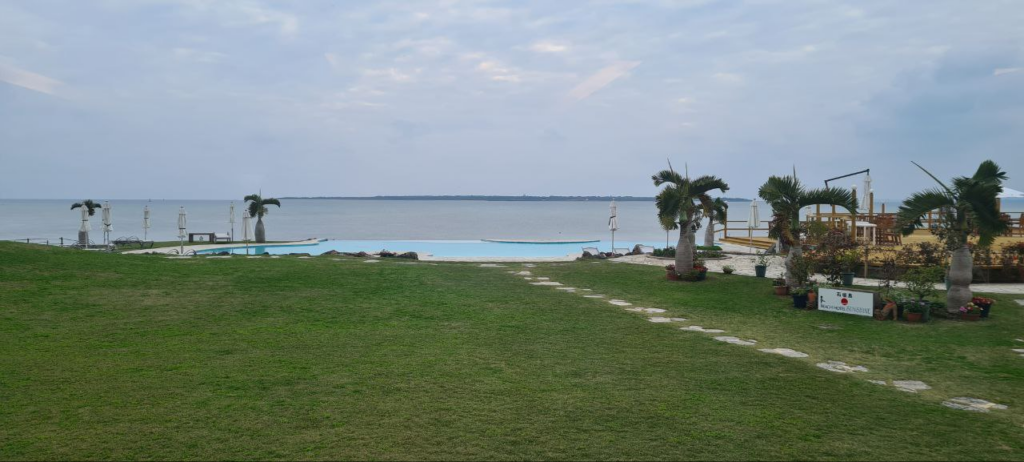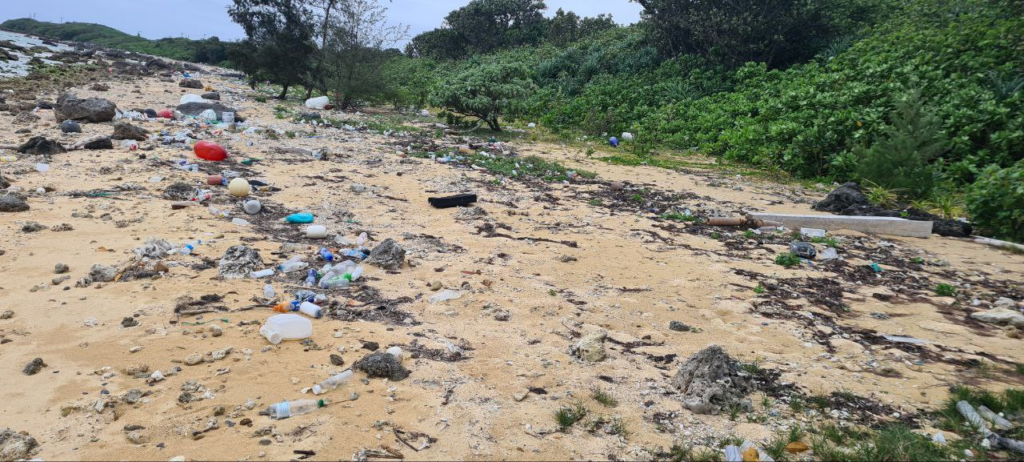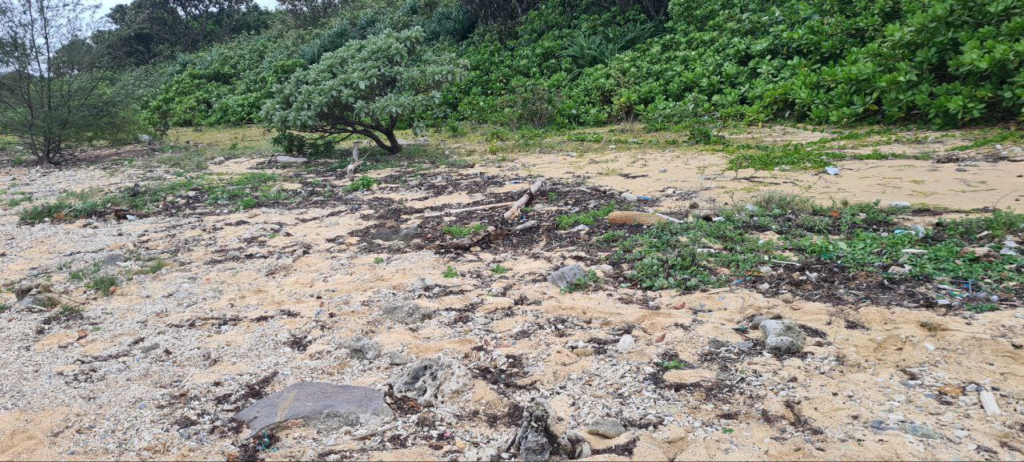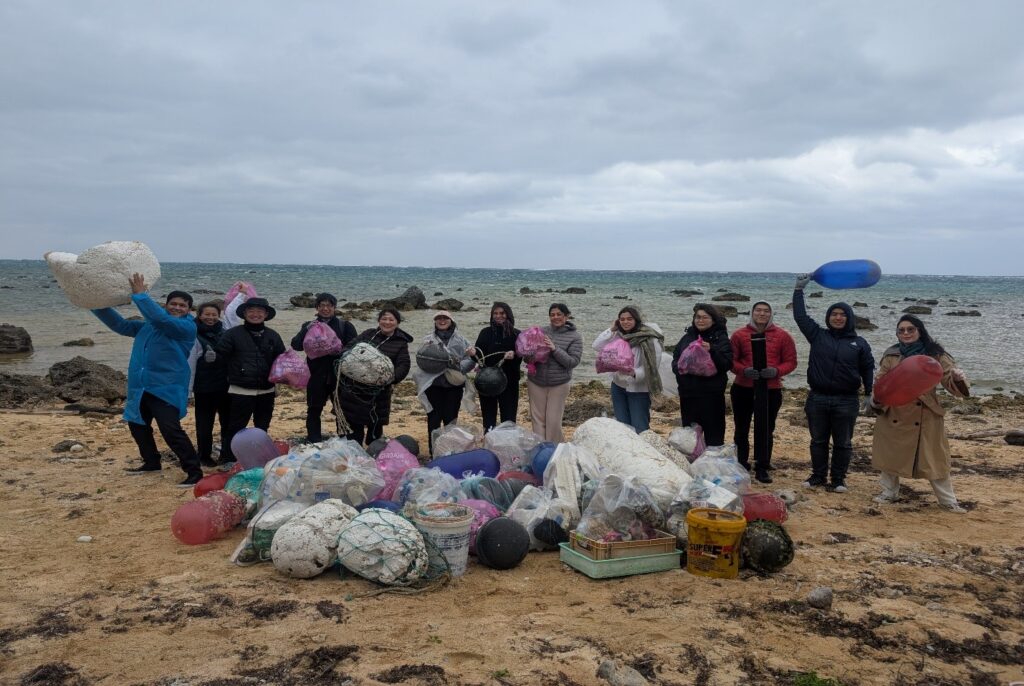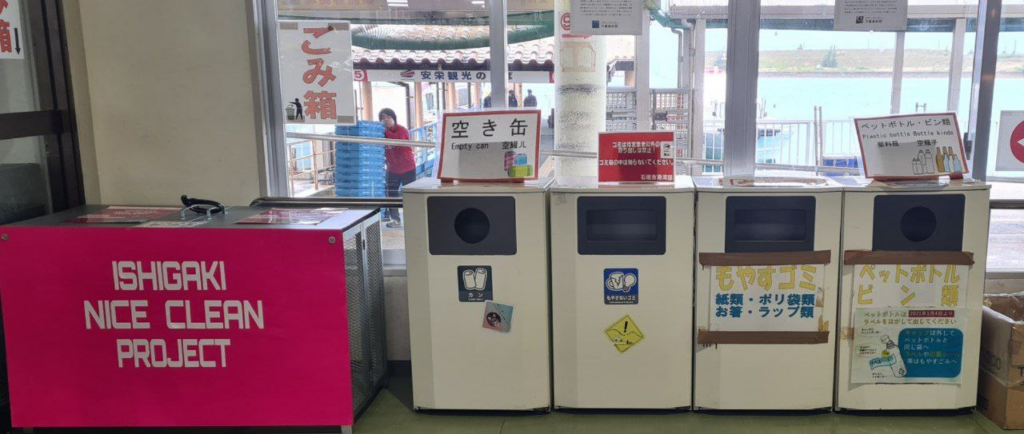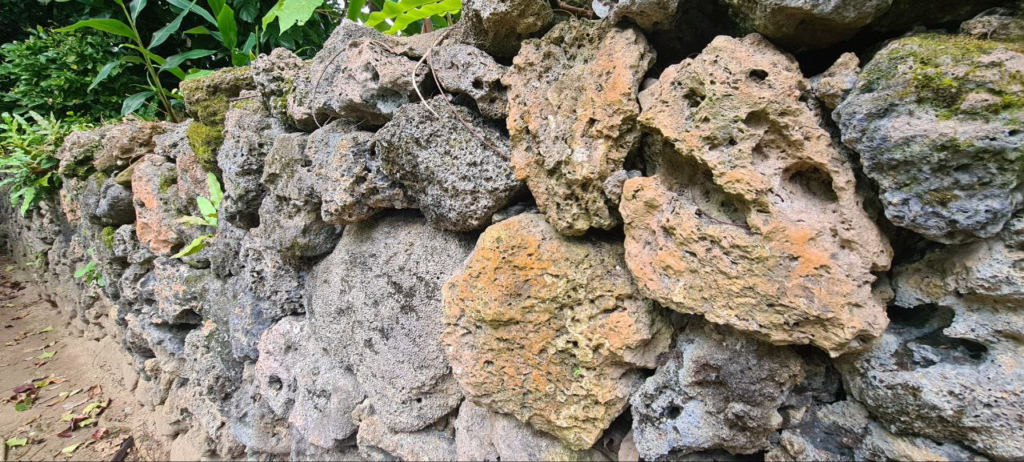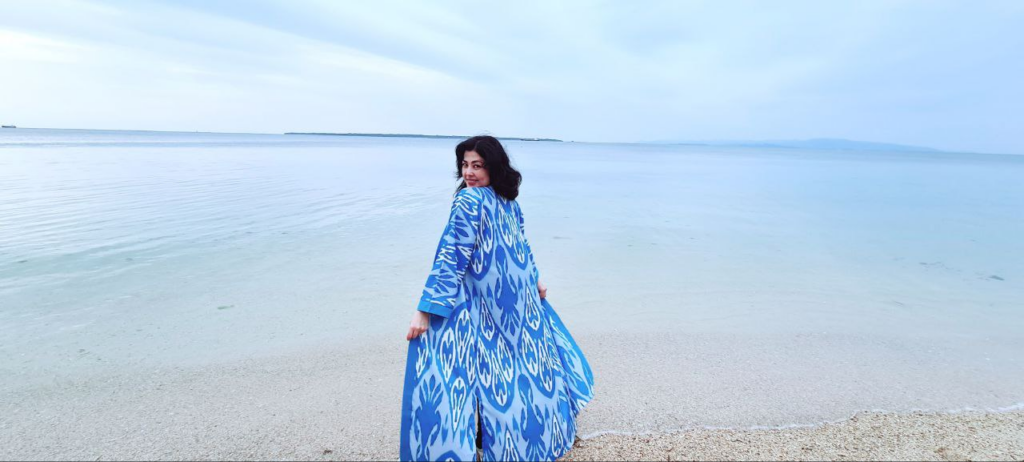Abdurasulova Mehriniso
With its deep-rooted history, Japan has long embraced a lifestyle in harmony with nature and takes great pride in its commitment to cleanliness. While it is well-recognized that modern societies generate waste, Japan stands out for its exceptional cleanliness.
My name is Mekhriniso, and I come from Uzbekistan, a country in Central Asia that faces serious environmental challenges. Our region, particularly the Aral Sea disaster zone, is experiencing rapid population growth, which adds to these challenges. Through this project, I had the opportunity to learn about the efforts being made on Ishigaki Island to recycle waste and preserve nature.
One of the most remarkable experiences for me was visiting the Sunshine Hotel. I was deeply impressed by how it maintains high-quality hospitality while adhering to the principles of the Sustainable Development Goals (SDGs). Guests, both children and adults, can enjoy the breathtaking natural scenery—gazing at countless stars and listening to birdsong—while also learning about ways to reduce waste and conserve energy. To encourage eco-friendly behavior, the hotel implements various incentive programs, such as offering 300, 500, and 1000 yen coupons. This hotel serves as a great example for others seeking to integrate sustainability into their operations.
Another inspiring figure I encountered was Mr. Tanaka, the founder of an NGO dedicated to addressing the garbage problem on Ishigaki Island. Since the introduction of a plastic bag fee in 2020, he has been actively cleaning up waste along the beach every day, an initiative that led to the creation of the “NICE CLEAN PROJECT”. My conversation with him provided valuable insights, and it made me think about implementing similar initiatives not only in Japan but also in my hometown.
Before the clean-up
After the clean-up
One of the key environmental challenges in Ishigaki stems from its geographical isolation. Since many products are ordered online, packaging waste accumulates rapidly, making the island one of the highest waste producers compared to surrounding islands. However, waste disposal remains a major issue. Most waste is buried, and only plastic bottles are sent to Osaka for recycling. A particularly interesting aspect of local sustainability efforts is the use of dead coral stones, which wash ashore as debris but are repurposed as building materials for walls.
Overall, this research trip provided me with far more knowledge and insights than I had expected, and I am eager to apply what I have learned to address environmental issues in my own country.

